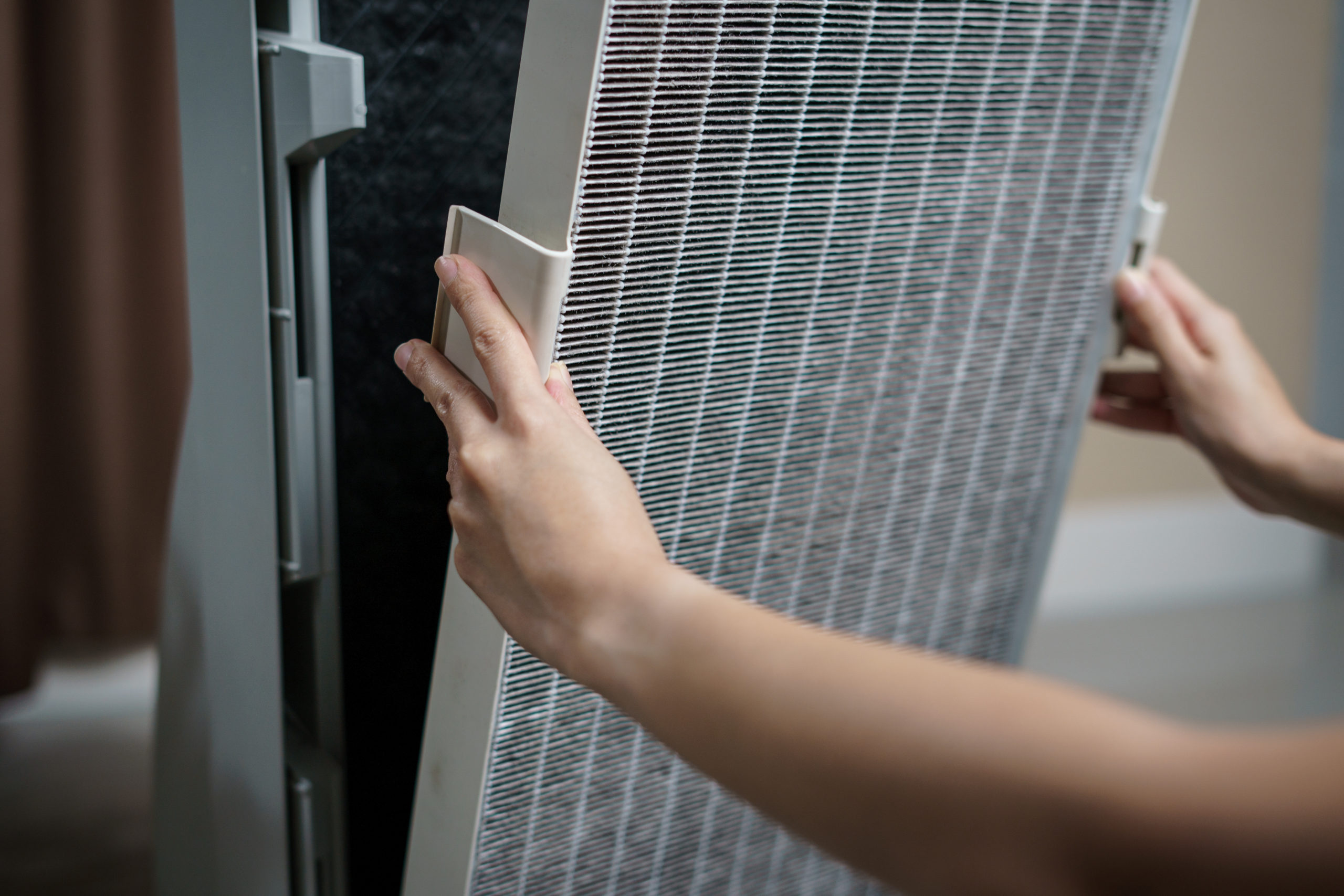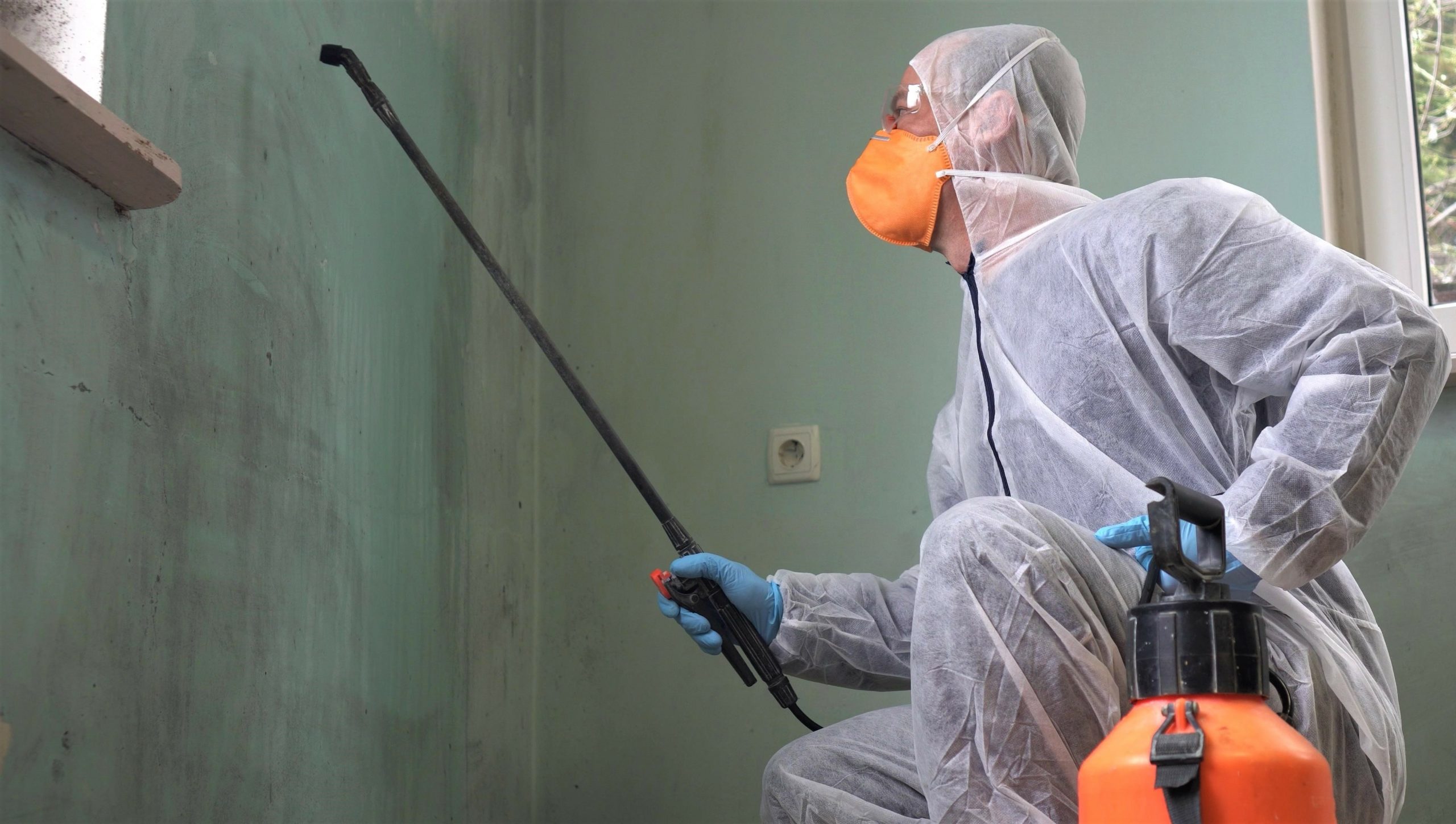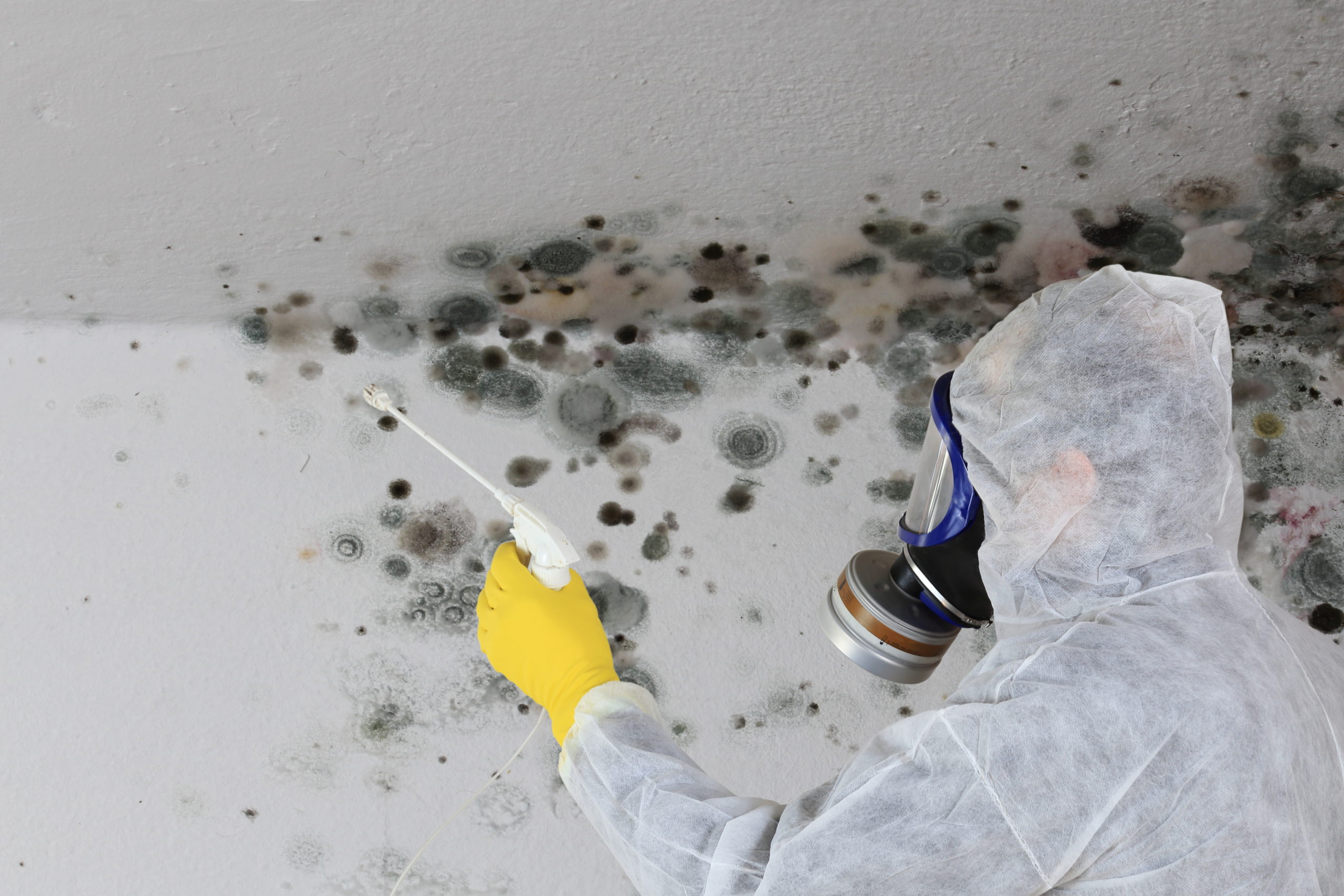While vinegar meets the “safe” and “natural” categories many moms are looking for in a cleaner, we wanted to check out the “effective” part of the equation.
Ask any mom-blogger who wants a clean and disinfected home for her little ones and who knows the dangers of toxic cleaning chemicals, and you’ll hear that vinegar has long been known to disinfect as well or better than anything you can buy at the store.
Sounds logical, right?
- It tastes harsh, though we know it is a food, so it’s safe to “drink”
- It smells harsh, just like the lab-created disinfecting chemicals
- It’s clear, which is often mistaken as a sign of “natural”
- It seems to remove stains out of carpet and upholstery pretty well, so if the cleaning part about vinegar is right, then there’s probably some truth to the disinfecting part, right?
Prove it!
While vinegar meets the “safe” and “natural” categories many moms are looking for in a cleaner, we wanted to check out the “effective” part of the equation.
Ask a Scientist
Our first stop in this quest was to look for scientific studies of vinegar side-by-side with lab-created disinfectants. Now, remember, to disinfect means to kill 99.99% of the microbial life on a surfaceAND to make that surface uninhabitable for those microbes (although new ones can and will always be brought in later). That’s a tall order for a disinfectant.
A 30-year-old teacher Mary asked the question of Newton’s scientists:
I have heard that vinegar can be used as a replacement for bleach as a disinfectant. I would like to know if this is true, where there may be proof I can show to others and what strength the vinegar should be to be most effective.
GREAT question Mary!
Scientist Vince Calder responds that there is anecdotal proof but that the vinegar available in the grocery story or pharmacy is NOT strong enough to do the trick.
A “proof” that vinegar is a disinfectant under certain conditions is the fact that it is used, along with salt [brine], to make and preserve pickles. In general the highest concentration possible would be most effective. In the U.S. 5% acetic acid constitutes vinegar, and high concentrations are available only through chemical suppliers and not in the grocery store or pharmacy. As a general disinfectant, I would suspect that bleach, because is disinfects by oxidation, is more effective.
To clarify, the strongest acetic acid content you can get at the grocery store is 5%.
Truy Wassenaar, curator of the Virtual Museum of Bacteria offers some additional proofs to answer this question:
The effectiveness of various concentrations depends on the demands. Undiluted bleach can be used to disinfect used syringes (used by intravenous drug users) and can inactivate HIV completed; however acetic acid does not inactivate HIV. Less dramatic, 2% is sufficient to disinfect nebulizers used by patients with cystic fibrosis at home. A solution of 1% acetic acid can be used to decontaminate the surface of freshly laid eggs.
For decontamination of fresh parsley, a dip in vinegar containing 7.6% acetic acid is sufficient. On the other hand, an acid drip of beef meat in 2% acetic acid for decontamination is largely ineffective against E. coli because this organism is acid-intolerant.
In another study, the effectiveness of 2% acetic acid to kill Listeria monocytogenes attached to stainless steel was found to be low.
In summary, unless the acetic acid concentration is higher than 5%, there is very little that vinegar can do to disinfect, only perhaps decontaminate, which is hardly an effective method of keeping your family healthy.
And then we found this response from Dr. Christine Ticknor of Case Western Reserve University, which just clarified everything:
Vinegar is really acetic acid, and will be more effective as a disinfectant at higher concentrations. (It would be most effective undiluted).
She goes on in her comments to describe the type of comparative study that would be needed to
- prove that vinegar at some concentration level achieves disinfection and
- identifies the various levels of effective disinfection and the method of use necessary (including dwell time) to achieve disinfection
Ticknor also identifies that vinegar alone is not strong enough but may be combined with other agents to achieve disinfection.
So, the short answer to the question is NO, the vinegar available to the consumer at the diluted 5% acetic acid concentration is NOT A DISINFECTANT.






